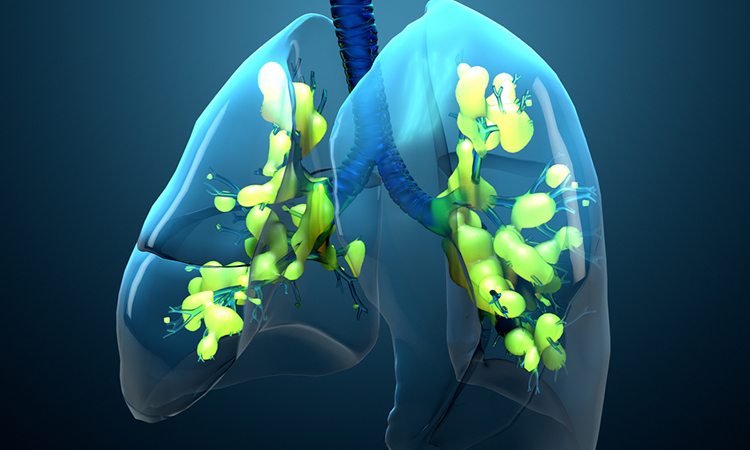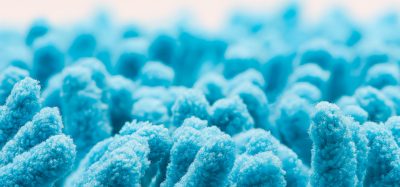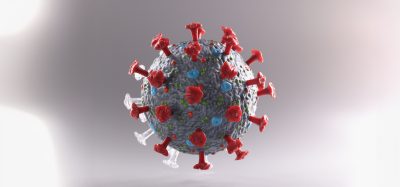Novel therapeutic approach aims to prevent ARDS
Posted: 19 January 2023 | Izzy Wood (Drug Target Review) | No comments yet
UCLA researchers have found peptide blocks that cause the damaging lung inflammation seen in acute respiratory distress syndrome, or ARDS.


A novel peptide designed by University of California (UC Irvine) researchers, US, has been found to suppress the damaging lung inflammation seen in acute respiratory distress syndrome (ARDS).
Their study, which appears in iScience, describes the first specific treatment designed to prevent ARDS, which can appear in patients with severe lung injury from infections with bacteria and viruses, like pneumonia, flu, respiratory syncytial virus (RSV) and COVID-19.
The study took place in mice and revealed how the C6 peptide blocks voltage-gated Hv1 proton channels in white blood cells called neutrophils, suppressing the production of damaging reactive oxygen species, proteases and cytokines. This inhibited infiltration of the lung tissue by these cells that trigger uncontrolled inflammation and fluid build-up seen in severely damaged lungs.
ARDS occurs when the lungs become inflamed following injury or infections. Inflammation and fluid build-up damage the lung tissue, decreasing how much oxygen can reach the bloodstream. People with ARDS have shortness of breath and failure of oxygenation that is so severe that they are often require support from a ventilator. ARDS survivors often have long-lasting adverse outcomes, including cognitive dysfunction, mental health issues and physical impairments.
“Despite five decades of effort, there are no disease-modifying drugs that can treat patients with acute respiratory distress syndrome,” said Dr Steven AN Goldstein, distinguished professor of paediatrics, physiology & biophysics and pharmaceutical sciences at UCLA.
“The C6 peptide shows promise as a therapy for this damaging lung disease, giving hope to patients where so little exists now.”
In an established mouse model, the researchers administered the C6 peptide in a clinically relevant manner to mice to suppress disease. In addition, they showed that C6 inhibits Hv1 in human neutrophils – the predominant inflammatory cell type accumulating in the lungs of ARDS patients – shutting down the same inflammatory signalling pathways that it did in mice.
The absence of apparent toxic side effects in the mice suggests that targeting Hv1 will be tolerated in humans as a therapeutic approach to ARDS and that C6 may also be useful in treating other inflammatory diseases.
The UC Irvine researchers first created the novel C6 peptide in 2018 and found in 2022 that it could become a more potent therapeutic when linking together two of the peptides.
Goldstein concluded the next steps include further study of C6, C6 derivatives, and small molecule mimetics his team has isolated to treat inflammatory diseases of the lungs and other tissues, including assessment of how long the peptide stays in the body and how it gets eliminated.
Related topics
Drug Discovery, Protein, Targets, Therapeutics
Related conditions
Acute Respiratory Distress Syndrome (ARDS)
Related organisations
University of California (UCLA)
Related people
Dr Steven AN Goldstein








